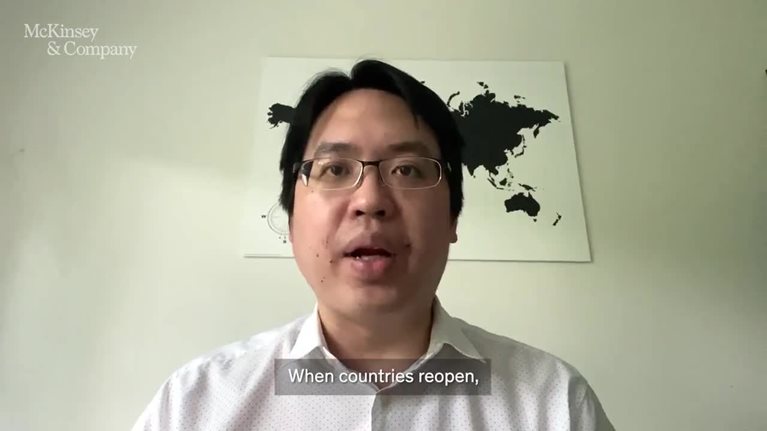What steps can Vietnam take to achieve its long-term growth aspirations?
Even before the pandemic, we had identified Vietnam as one of the leading global and economic outperformers. The country has maintained a steady growth of GDP, above six percent per year for a very long period of time. The COVID-19 pandemic in Vietnam has also been managed relatively well, with the number of deaths or cases still in the low range of what we observe globally.
And, therefore, Vietnam will benefit in 2021 from a certain number of tailwinds that will probably help the country maintain their growth momentum. That being said, going forward, if the country is to reach its stated ambition to become a middle income nation by 2045, it will have to fundamentally transform the growth model.
And to do that, we have identified four fundamental shifts that would need to happen for the country to reach this objective. The first shift is that Vietnam will probably need to double down on its attractiveness as a destination. Vietnam needs to keep being a magnet for investment, and to attract foreign capital, especially in manufacturing.
Second, Vietnam will need to further work on its productivity. It’s still a country that has lower productivity than appears in Southeast Asia, for example. A couple of things that could become rapid levers for productivity growth are education, moving from distinctive early education to great later education, and turning the workforce into a more productive workforce and a more resilient workforce would be important. We also need to close the infrastructure gap to make sure that the productivity gap with other countries is closed.
Would you like to learn more about the Future of Asia?
The third thing is that, so far, the engine of economic growth in Vietnam is the private sector. But you still have other engines to take care of. For example, the SOE (state-owned enterprise) sectors still represent more than a third of the GDP, and yet growing slower than the rest of the economy. The country could explore equitization (sic), or strategic divestment, or transformation of SOEs to ensure that distinct sector grows as fast as the rest. Another engine will likely be the startup ecosystem. In Vietnam, it still has much less startups than, for example, Indonesia. So to solve that, it probably boils down to easier access to financing for entrepreneurs, or a better ecosystem just to ensure entrepreneurs can freely start and grow their business, connecting with sponsors, investors, etc.
Lastly, Vietnam will also need to work on its carbon footprint. Today, the growth model of Vietnam is very CO2 intensive. And, going forward, if the country is to keep growing at six percent per year and above, it will probably need to shift its energy mix from a lot of coal to probably more nuclear and more renewable resources. That would be an essential part of becoming a high income nation by 2045.


